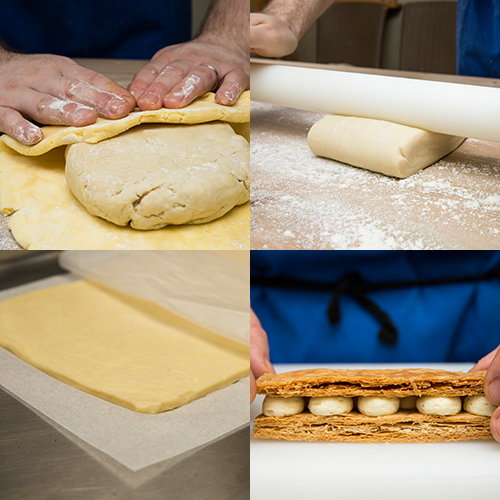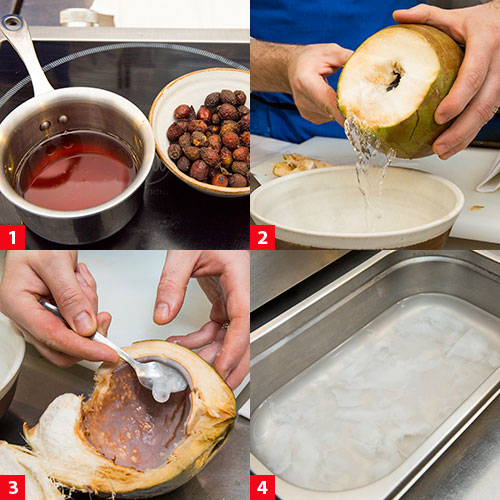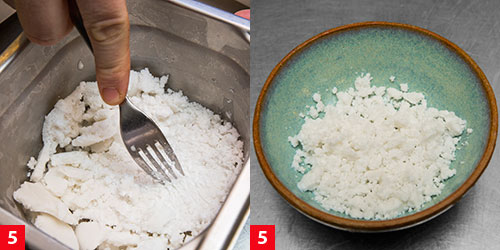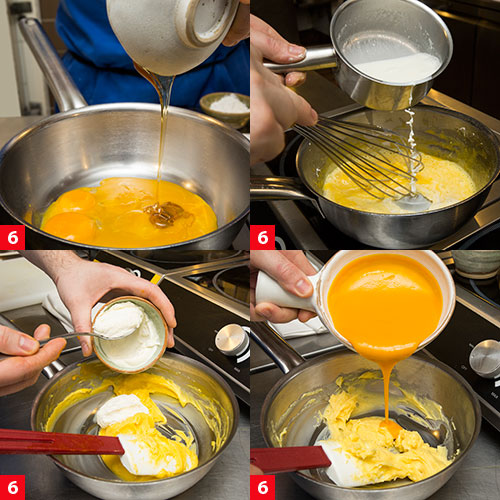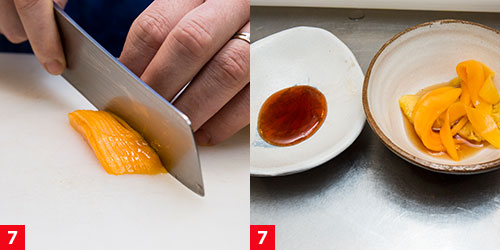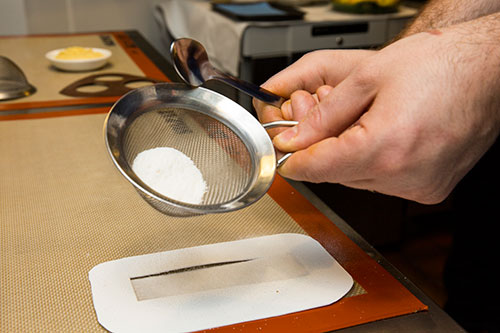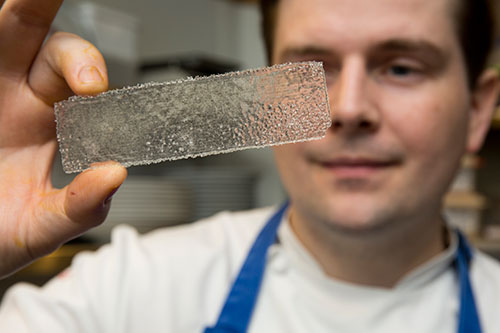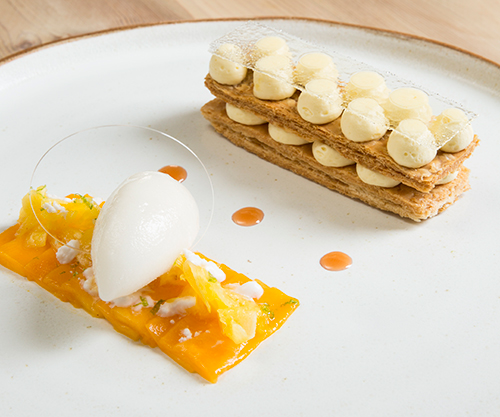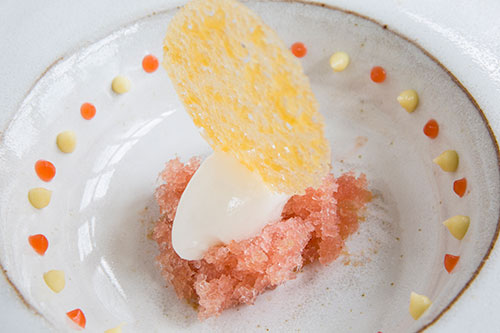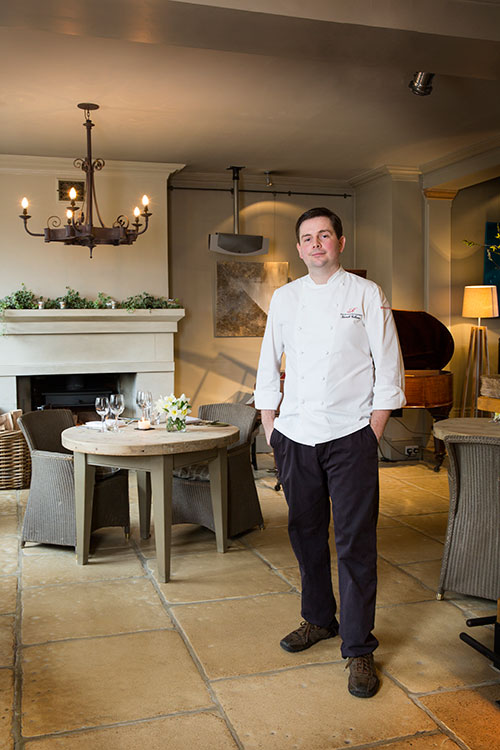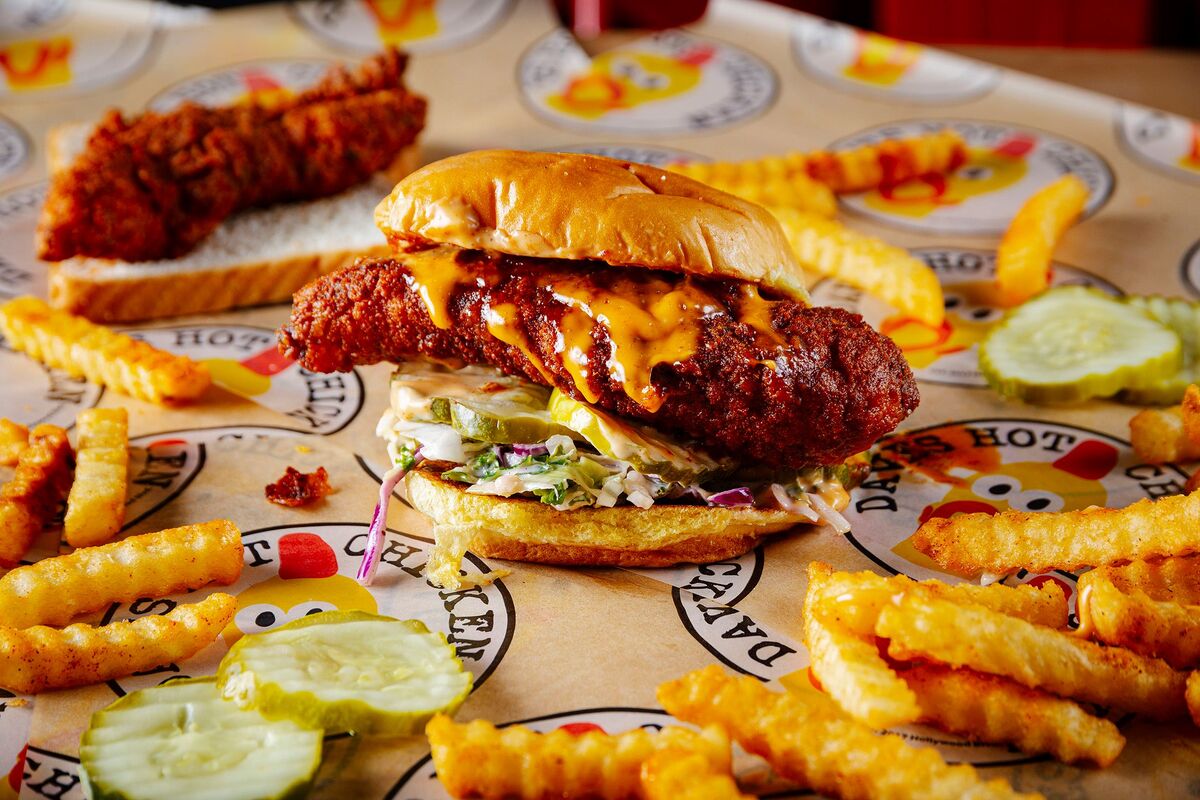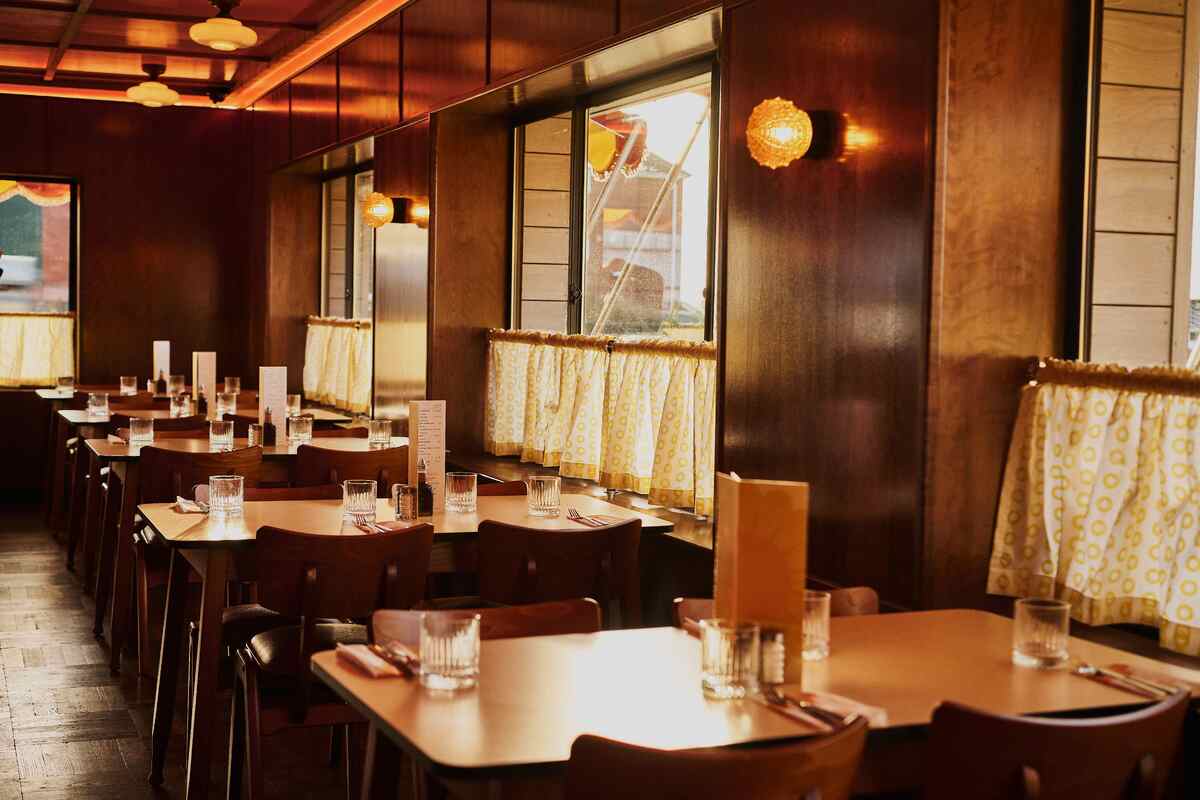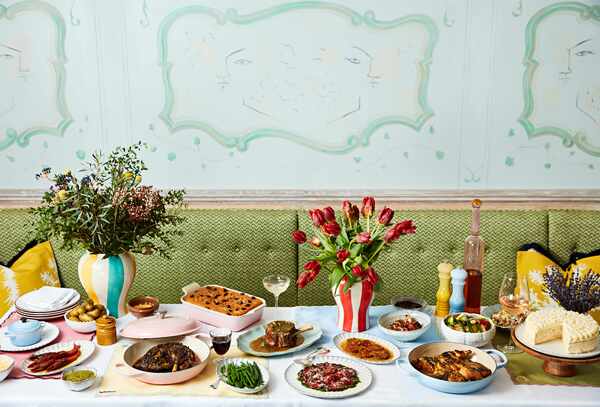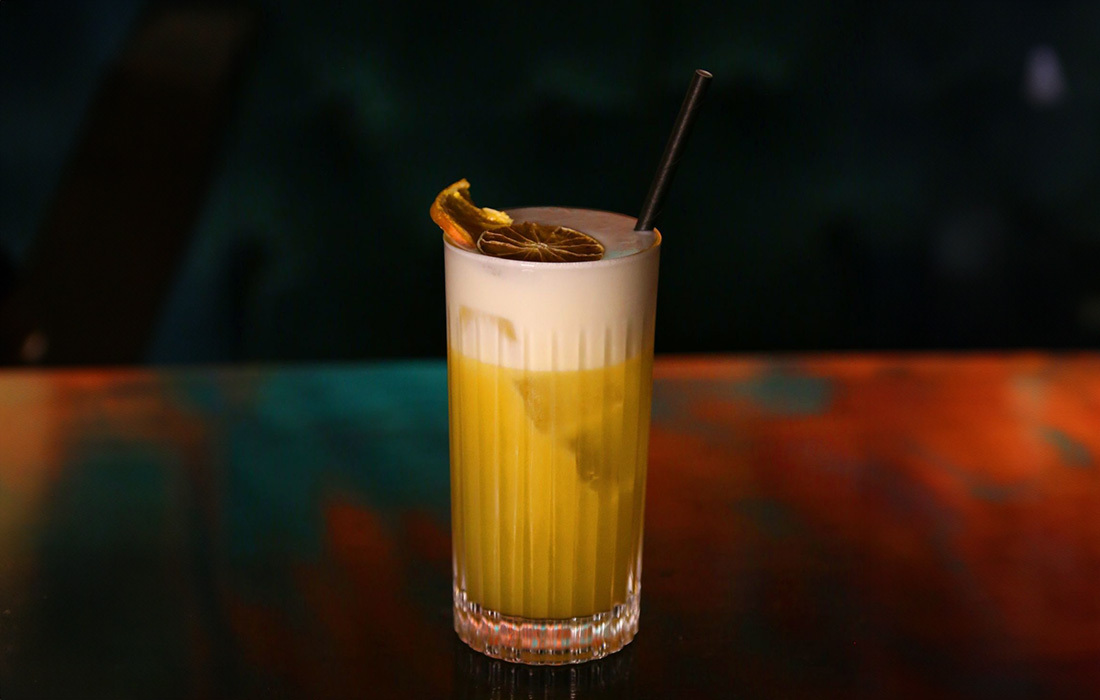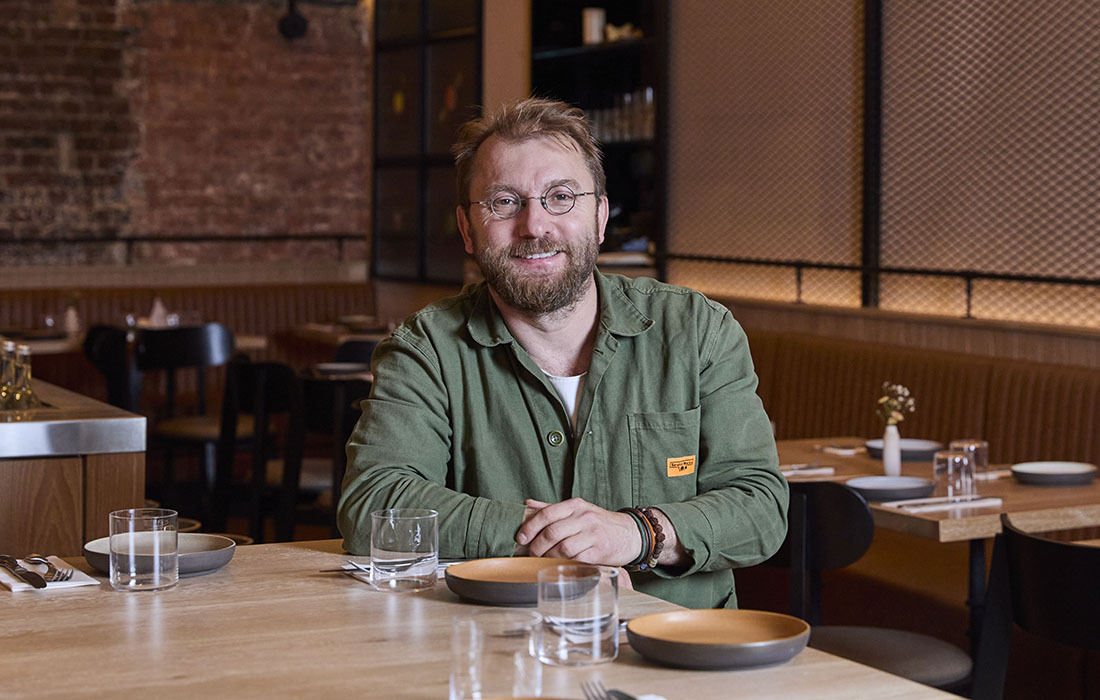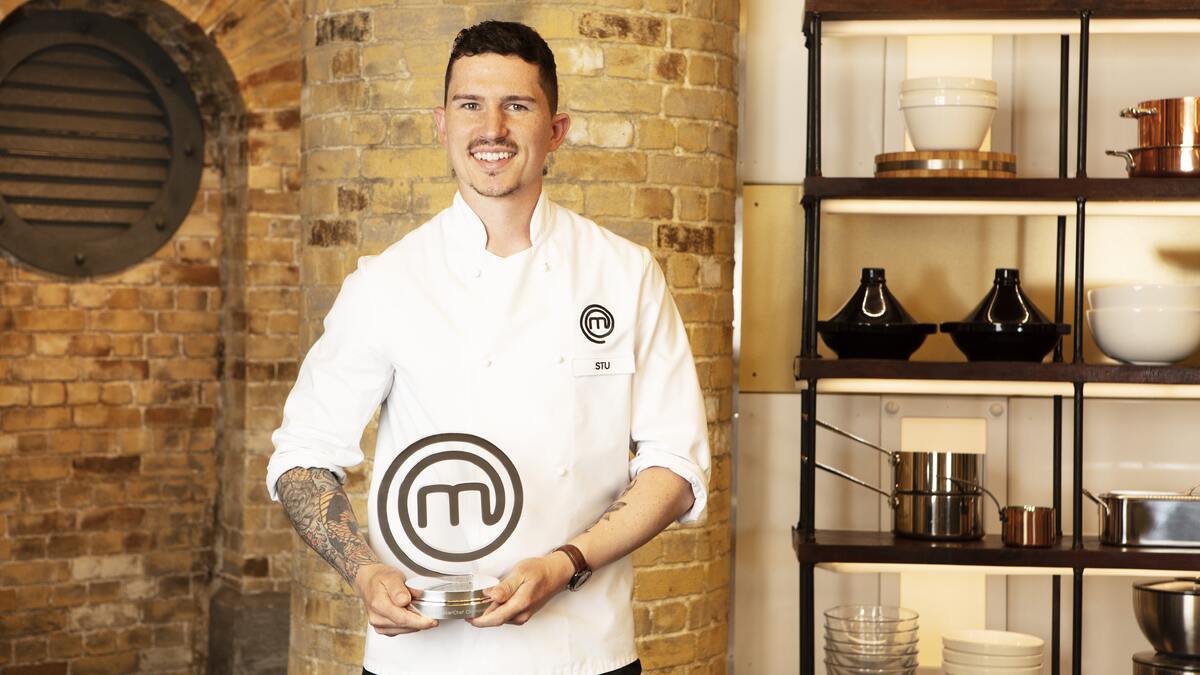Masterclass: Millefeuille of exotic fruit by Kenneth Culhane
Michael Raffael
Desserts were noticeably sweeter a generation ago than they are today. A typical vanilla ice-cream, for example, was made up of about 20% sugar, and fruit sorbets contained even more. However, sugar dominates other flavours. When clever chefs develop new recipes, they have to think more in terms of fragrance (the word itself has roots in the Latin word for strawberry).
Early spring is the one time of year when homegrown fruit isnât abundant and when pâtissiers look to the exotics for inspiration. And what they are discovering â" often from their own research overseas â" is that exotic fruit doesnât have the same standardisation as say, a Coxâs Orange Pippin. Yes there are standard supermarket bananas, but there are dozens of other varieties with varied colours, textures and levels of sweetness. The âcoconut shyâ coconut isnât the same as a young coconut, which is full of coconut water.
Novel sweeteners, such as coconut blossom nectar, jaggery, stevia or uniflora honeys are replacing, in part, the pure white and âdeadlyâ refined sugar. The sweetness of some exotic fruits themselves, combined with their perfume, can create a new field of opportunity for creative cooking â" take the Alphonso mango or the miniature Queen Victoria pineapple, for example.
At the Dysart Petersham in Surrey, chef Kenneth Culhane contrasts the perfumes of exotic fruit with syrups and infusions made from hedgerow ingredients, such as hawthorn berries, rosehips and wild damsons. Sweets donât always have to be âsweetâ.
Planning
â- Prepare the rosehip syrup (reduce a little of it to a glaze).
â- Make the puff pastry (or it can be part-made and frozen and the final turns done after it has defrosted).
â- Make the caramel tuiles, prepped and stored in a sealed container with silica gel beads.
â- Prepare the fresh coconut water (stage 1) and granita (stage 2).
â- Make the mango crème pâtissière.
â- Make the lychee sorbet.
â- Marinate the fruit in syrup.
â- Plate up.
Costing
The millefeille of exotic fruit, young coconut ice and rosehip syrup is one of the desserts priced between £14 and £16 at the Dysart Petersham, where the average food spend for three courses is around £60 (there is also a sixcourse, £70 tasting menu). Culhane says the dish falls comfortably within the 70% gross profit that he has to meet.
Puff pastry (méthode inversée)
This classic technique has almost vanished from chefsâ armouries, but it does achieve a lighter, flakier result. It only works when made in a cool environment. Quantities given here will be enough for about 40 12cm x 3cm rectangles.
- 300g Shipton Mill strong flour
- 200g Shipton Mill plain flour
- 400g unsalted butter plus
- 60g softened butter
- 10g salt (Maldon)
- 140ml water
Blend 50g of each flour with the cold butter. Shape into a square and re-chill for an hour. Mix the softened butter and salt into the remaining flours, add the water and combine to form a dough. Roll out the butter block to form a rectangle about 40cm long. Do the same with the flour dough, making it about 25cm long and a little narrower than the butter. Lay the dough on the butter and wrap it up.
Roll out, fold and chill for at least an hour. Repeat five times. Before rolling, turn the pastry through a classic puff paste turn.
To bake, roll out the pastry into rectangles about 40cm x 15cm x 3mm. Lay each one between two sheets of silicone paper. Place them on shallow-sided baking trays and cover with a second baking tray so the pastry doesnât puff too much. Bake for 20 minutes at 180°C. Cool a little and cut out millefeuille rectangles using a prepared template.
Rosehip syrup
Rosehip syrup used to be taken as a cough remedy, but chefs can now get rosehips from foragers who harvest them at the end of the summer after the first frosts. Itâs better to handle them when they are fresh or frozen, but dried hips will revive once rehydrated.
Note that the quantities below will produce about 500ml syrup â" enough to marinate about 25 portions of fruit. Culhane reduces about a third of the mixture to a light glaze for garnishing the finished dish. Rosehips are naturally sweet, but as their sweetness varies, he says that adding glucose is often unnecessary, but it can increase the yield.
Makes about 500ml syrup
- 500g fresh or frozen rosehips
- 2l water
- 70g glucose
Boil the ingredients together until the rosehips have broken down and are mushy. Fix a muslin cloth above a bowl and pour the rosehips onto the muslin and leave to drip overnight. Donât press or the liquid will become cloudy. Keep two-thirds of the syrup for the marinade. Reduce the rest by about a half, cool and put into a small paper piping bag for service (1).
Fresh coconut water and granita
This recipe requires fresh young coconuts that contain water â" ones where the inner shell is thin and barely set.
When working with young coconut, expect plenty of variation, both in the amount of flesh and the water, but a good example can contain over half a pint.
Use a cleaver to hack the top off the coconut and pour the water into a bowl (2). Scrape the soft layer of flesh from the inner shell (3). Combine about 50g of the coconut scrapings with 100ml coconut water and blend or liquidise (4). Freeze in a shallow-sided container. Before serving, take the frozen block from the freezer and use a fork to scratch the coconut into frozen granules. A portion weighs about 10g (5).
Mango crème diplomate â" pastry cream with mango purée
Makes 830g or 14-15 portions
- 400ml milk
- 100ml double cream
- 60g chestnut honey
- 100g egg yolk
- 45g cornflour
- 80g mango purée
- 50ml whipping cream, whipped
Boil the milk and double cream. Whisk the honey, yolks and cornflour until smooth and then incorporate the hot milk and cream. Cook out the crème pâtissière until thick and smooth and then cool. Beat in the mango and fold in the whipped cream (6).
Lychee sorbet
Makes 800g or 15-16 portions
- 500g lychee pulp
- 200ml water
- 100g glucose
Heat the ingredients to 85°C, cool and either freeze in Pacojet canisters or churn in an ice-cream machine (Culhane prefers the latter).
To prepare the mango and pineapple
Culhane works with small, very ripe Queen Victoria pineapples and Alphonso mangoes when they are in season during the British spring. Slice the two fruits, carpaccio-thin. Trim the mango into rectangles. Allow about 25g of each fruit per portion. Pour over a spoonful of syrup and leave to chill for no more than an hour before service. At the Dysart Petersham this is almost done to order (7).
Tip
When working with perfumed exotic fruit always think of adjusting the flavour with a hint of sourness â" lime is an obvious choice, especially the small yellow limes of the Indian continent. Fresh tamarind juice is another option. Culhane has strong family ties to Mauritius and likes using bilimbi, a fruit from the cucumber tree. It looks like a gherkin and is pleasantly sour. He adds its juice to the rosehip syrup to give a hint of tartness.
Light caramel tuiles
These are both a garnish and the top layer of the millefeuille. To make them, you need a template frame that matches the puff pastry template.
Boil 300g fondant and 200g glucose to 170°C. Spread on a Silpat sheet to set and then blitz in a Thermomix to make a powder. Put the template frame on a Silpat mat. Using a small sieve, sprinkle a fine layer of the powder to fill the frame. Repeat until the mat is covered with tuile rectangles. Bake for five minutes at 120°C. Cool till set and then store in sealed boxes between sheets of silicone paper.
Millefeuille of exotic fruit, young coconut ice, lychee sorbet and rosehip syrup
Serves 1
- 2 rectangles of millefeuille pastry
- 30g-40g mango crème diplomate
- 1 sheet caramel tuile
- 25g-30g mango carpaccio
- 25g-30g sliced pineapple
- 15g (approximate) coconut granita
- 1 x 60g quenelle lychee ice-cream
- Reduced rosehip syrup
Put a small blob of crème pâtissière on the plate to keep the millefeuille from moving. Put a sheet of millefeuille pastry on it and pipe globules of the mango diplomate on top. Cover with a second sheet of millefeuille pastry, then more globules of mango diplomate. Finish with the transparent caramel tuile.
Parallel to the pastry, make a bed of mango slices. Lay ruffled slices of pineapple on top. Sprinkle over the granita and top with a quenelle of lychee sorbet. Finish with dots of the reduced rosehip syrup.
Preserved lemon, Petersham wild damsons, hawthorn, liquorice root ice
This pre-dessert ice combines sugar from coconut blossom nectar with hedgerow berries and preserved lemons. Culhane buys Menton lemons when in season and preserves them.
To prepare the lemons in advance, cut seven lemons into four lengthways, but joined by the base. Pull out the seeds. Blanch the lemons for 10 minutes and then rub with a tablespoon of salt per lemon. Pack them in a Kilner jar or similar. Add a cinnamon stick, two star anise and the juice of three more lemons. Pour this into the jar and seal. Open after three months.
Damson and hawthorn ice
Serves 16
- 1 preserved lemon
- Juice of a lemon
- 200g damson purée
- 5g hawthorn berries
- ½ stick liquorice
- 120g coconut blossom nectar
- 600ml water
Bring the ingredients to 85°C. Infuse for 20 minutes and then strain and freeze the liquid. To turn it into a granita, refrigerate but do not let it defrost, and fork it into crystals.
Bergamot lemon sorbet
Serves 16
- 500ml coconut milk
- 200ml water
- 100g glucose
- 1 bergamot, juiced
Bring the ingredients to 85°C, blend and infuse overnight in the fridge. Churn in an ice-cream machine or freeze in a Pacojet canister. Serve the two ices with preserved lemon purée and a lemon tuile.
See a video of Culhane's preserved lemon, Petersham wild damsons, hawthorn and liquorice root ice masterclass
Kenneth Culhane
The 2010 Roux Scholar chose to spend the internship part of his prize with Jean-Georges Vongerichten in New York. Itâs an accurate tell as to where his culinary motivation comes from: rooted French cuisine allied to an appetite for the exotic. Years spent learning his craft at Patrick Guilbaud in Dublin contrast with a spell working for Tetsuya Wakuda in Sydney.
Tag on his marriage to a Mauritian (he travels to the island as often as he can) and you have a chef who knows how to balance the disciplines of his craft with a curiosity for the world at large.
Culhane doesnât make a big deal about the technical depth of his skill, but he obtained a BA (Honours) in culinary arts at the Dublin Institute of Technology.
Â



